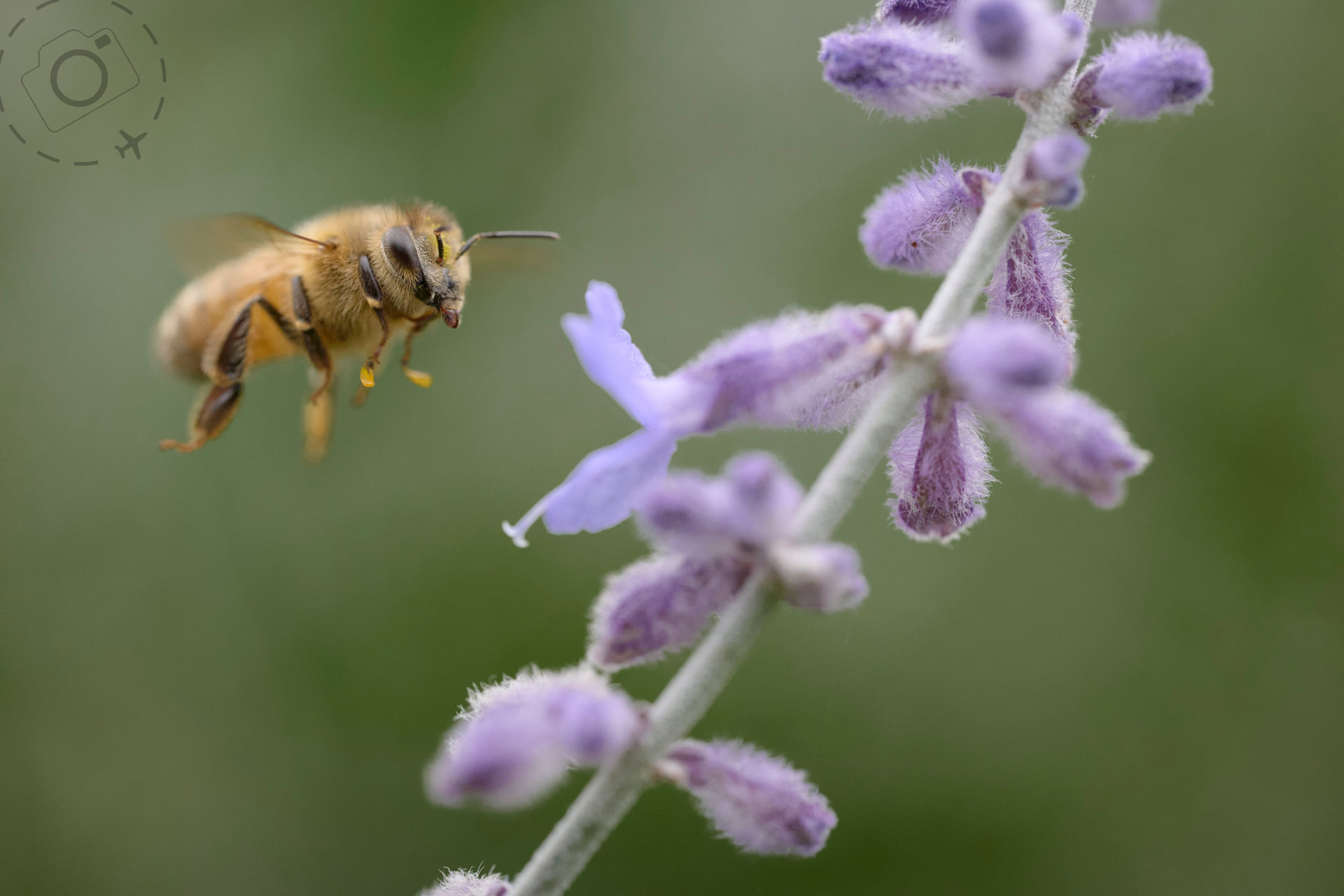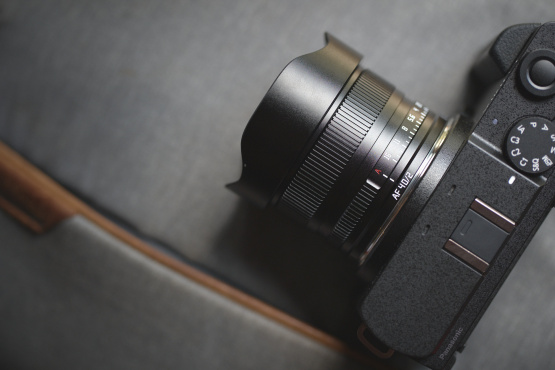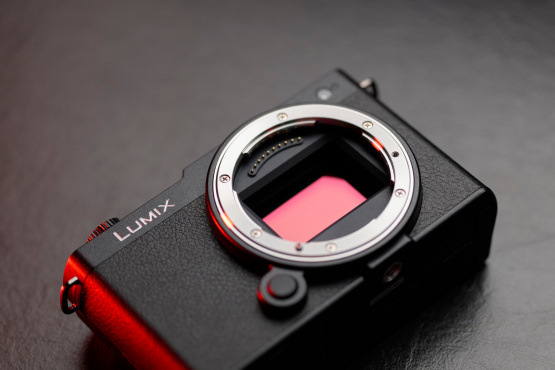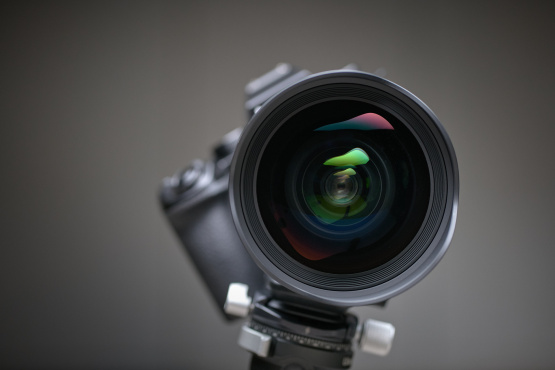The short version of this review is simple. The LUMIX S-E100 F2.8 Macro is super compact, weighs just 300g, delivers unbelievably fast autofocus, 1:1 macro for full frame sensors, and super delicious bokeh. The S-E100 is now THE macro lens to beat for L-mount cameras.

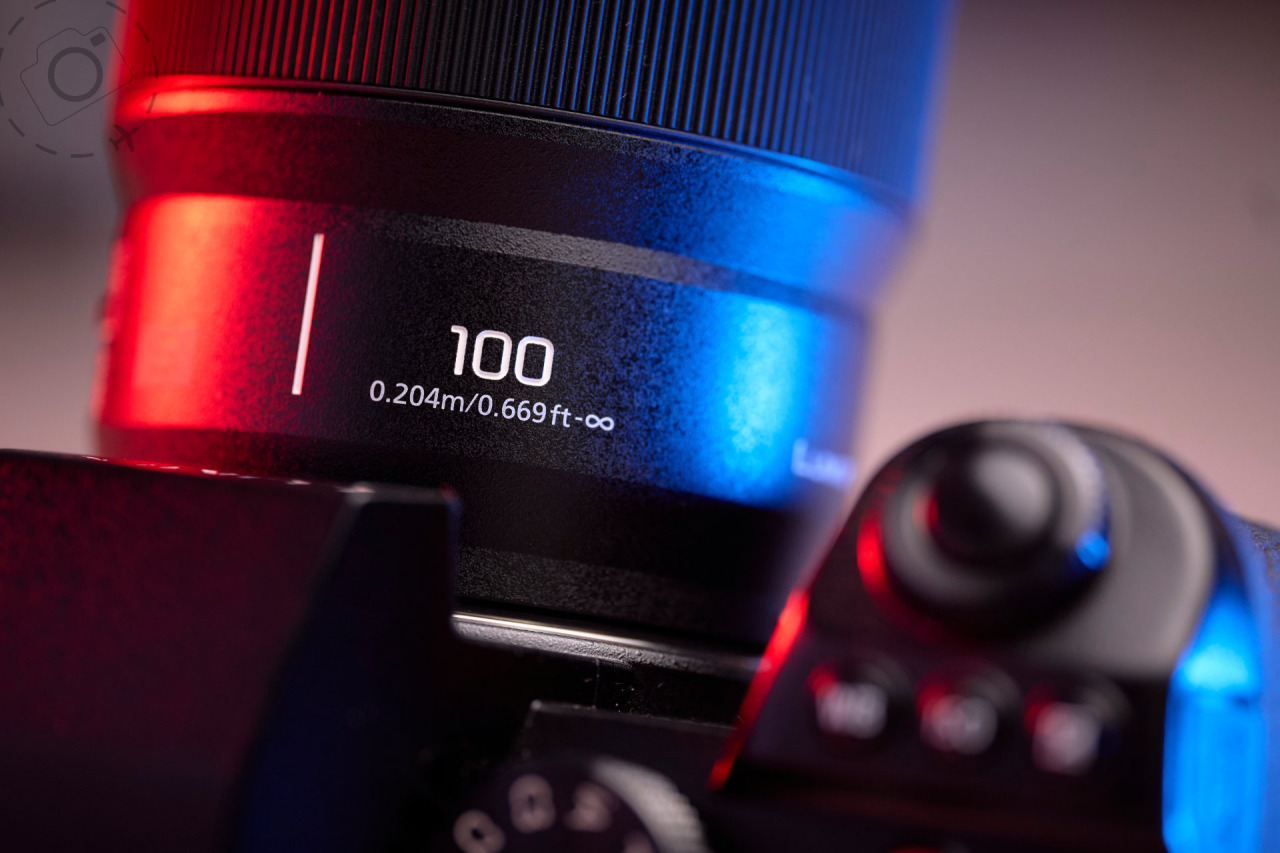
I know it’s kind of a cliche with macro, but I’m gonna start with bees. They are such great subjects for photographers: they are incredibly complex and spectacular creatures, they can be found most anywhere, but are also really really hard to capture. Bees move fast, they react to you being in their space, and they are so tiny. This is where a 1:1 macro really comes into its own.
When you nail the focus on a bee all that stunning detail just pops.
And sometimes that details is just super weird. Like that hollow tongue they use to suck up nectar. It’s huge, it’s bigger than their head. And their little hooks for feet. Or the eye-balls with hairs growing out of them. I didn’t even realise how weird that is until I started taking photos of them. And some species bundle the pollen into little packs on their legs. Some just seem to shower in the stuff, like there’s pollen all over their face and legs and just everywhere.
This is exactly what I love about macro photography. There’s just a whole new world waiting for you out there, maybe even in your own back yard.

SUPERB AUTOFOCUS
Let’s talk a little about autofocus because that is the headline for this lens. AF performance is what this lens does better than any other macro I’ve used before. IT. IS. FAST.
I do use autofocus for macro a LOT. Having an effective AF really helps when trying to compose a scene, and makes the challenge of macro a little more rewarding for your efforts. When I handed this lens to Shellie to take a few shots in the kitchen studio, she was amazed. She was genuinely excited, and it’s possible I’ll never get that lens back off her now.
Most of my friends who own a macro are shooting manual focus. In some cases they simply bought a cheap Chinese lens because they’re not willing to commit to the macro world just yet, but there are also quite a few very high magnification macro lenses on the market that simply don’t do autofocus. For about a decade I used to shoot manual focus as well when working with extension tubes instead of a real macro lens.
In any of these situations you would have to rely on continuous burst to catch a bucket load of frames while gently nudging the lens through the plane of focus. Only one frame in the burst would be perfect, so you throw away the others.
Even with older DSLR macro lenses, the autofocus wasn’t always great. There’d usually be a delay between hitting the shutter and firing the capture, and if you’re shooting handheld instead of using a tripod, your focus plane is moving just enough to miss your subject. THAT is no longer a problem when shooting with the S-E100 Macro on a LUMIX S5 Mark II. If you can land the autofocus in the right place, you’ll get the shot.
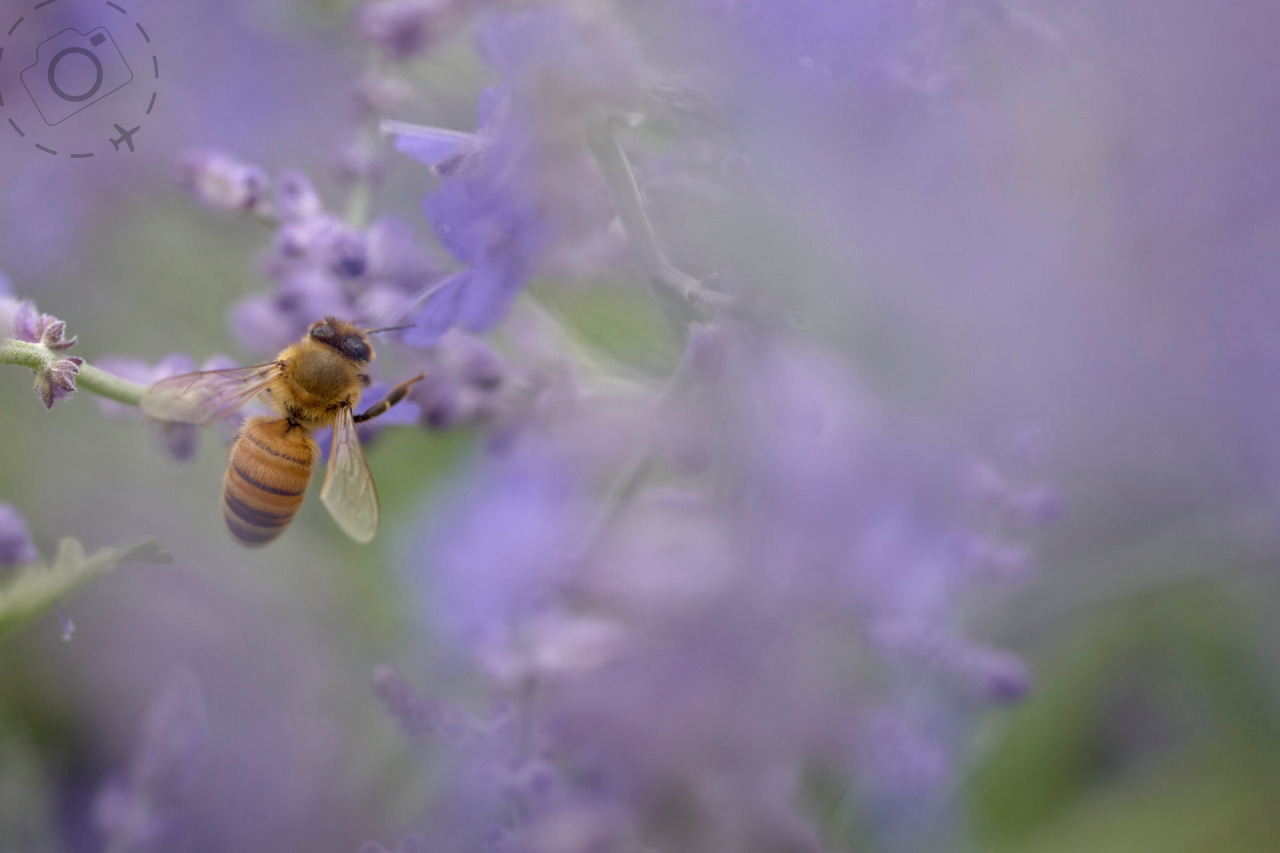
WHY AF MATTERS
Having an effective autofocus on a macro lens really does change your ability to get results out in the field. It leads to better photos for the same amount of effort. But it also opens up your creativity. Just hold on that thought for a moment, because so much of the discussion about camera gear online is about performance and specs, but what I care about most is getting into a creative flow and capturing images that inspire me.
A really good autofocus for macro photography gives you more freedom to compose, lets you get into position quicker for subjects that don’t stand still for long, and in my case help mitigate my dreadful eyesight! When you’re out in the sunshine on a hot summers day and sweat is dripping off your face and somewhere in the grass there’s a butterfly you want to shoot... A snappy autofocus response is a lot better than doing everything with manual focus.
It’s also worth highlighting that I’m also very very impressed with the focus response beyond the macro range, such as portraits or street scenes. This has been an issue for my previous macro lenses, that they don't grab focus with confidence unless you're inside the macro range. They’re usually tuned for macro first and foremost. But the S-E100 feels sharp and snappy right the way through the range, from close or far. That makes it an excellent lens to pack on a shoot instead of an 85mm prime, for example.
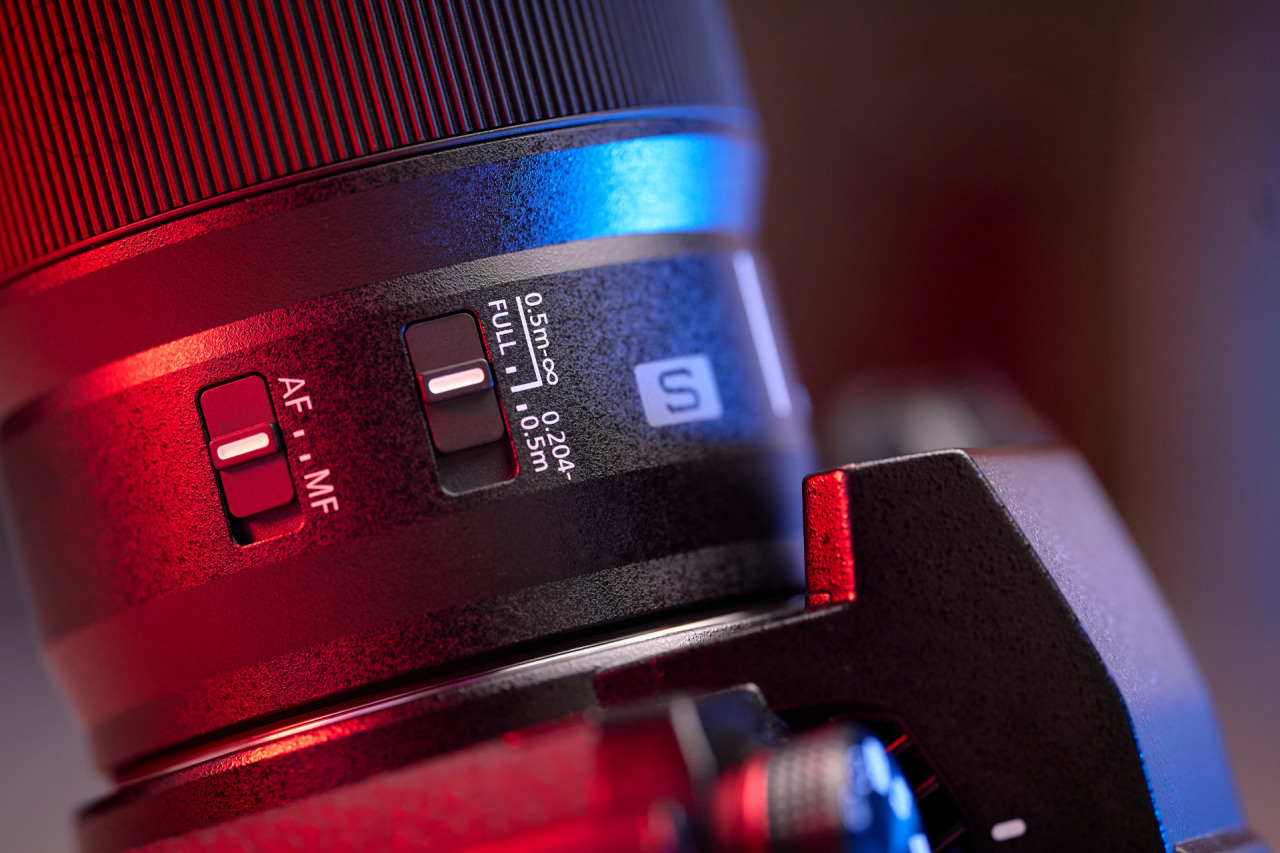
SIGMA vs LUMIX
I want to compare this new LUMIX lens to my old favourite, the Sigma 105mm F2.8 Macro DG DN Art. I decided to buy this lens about a year ago and honestly this has been my favourite bit of kit in 2023. I didn’t know a macro lens could be THIS sharp and it really opened up a world of joy for me. The Sigma is pretty compact and has a solid build, and the autofocus is very good and really worked hard for me when chasing grasshoppers in the outback or butterflies in Bhutan.
https://ewenbell.com/blog/Sigma_105mm_F2.8_DG_DN_Macro_Art
Side by side, what is different with the LUMIX alternative? For starters it has a 67mm thread that matches all my other LUMIX prime lenses, it’s much lighter and much shorter to carry, and the autofocus on the LUMIX is just way way better. I’m very happy to say that the LUMIX S-E100 is also just as sharp as my Sigma. That was my big concern really, and I’m stoked that this new design still delivers on detail and resolving power.

WHAT'S MISSING?
What is missing from the LUMIX S-E100 are an aperture ring to manually set the F-stop, or a programmable function button to help drive the autofocus. Most native L-mount lenses skip the aperture ring, so that’s no real surprise. The entire LUMIX S Prime series lean into the light and compact design by removing things that are non-essential. We still get a switch for auto versus manual focus on the S-E100, and we get a range limiter as well. And that’s critical, as we'll see later on.
The range limiter is something I have never found useful on any other lens in my life. I get why you’d want one, I’ve just never found it helps with my creative process when out in the field. Usually we see them on telephoto lenses, for example, and by the time you remember to use that feature the wildlife you’re shooting is already gone.
Macro is different of course. When you step into the macro scale you kind of immerse yourself in it. So clicking into the close range at the start of a session with bees or butterflies totally makes sense.
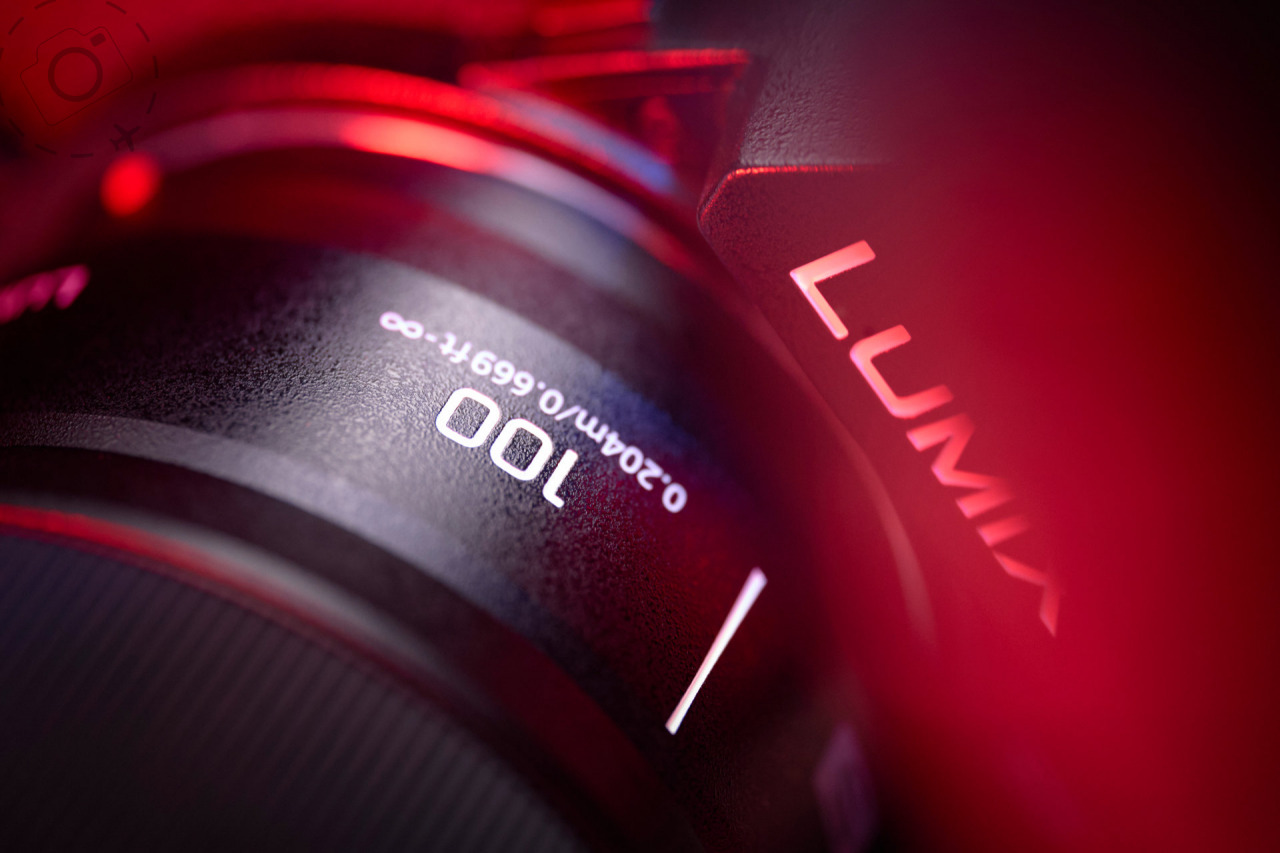
AF NEAR SHIFT
My only genuine criticism of the S-E100 is the absence of a programmable button on the lens barrel. In my previous experience shooting with the Sigma 105mm F2.8 Macro, I was often working with very complex layers and I loved having that button on the lens setup for “AF Near Shift”. This put me in control, able to steer the lens to search for subjects that were closer to me instead of further away. If the lens locked onto the wrong flower, example, I could tap the function button on the lens and drive the focus closer in search of my intended subject.
This feature is not needed for general use, and certainly wasn’t an issue shooting recipes in our kitchen studio for example. It's really only when you have lots of other potential layers that the AF can lock onto, instead of the one you want. That happens a lot for me when shooting plants and flora in a busy patch of foliage, but not so much in the studio.
It turns out there are three major mitigations for this omission. One: The amazing speed of the AF on this lens. Two: The ability to program “AF Near Shift” into a function button on the camera itself. And Three: the range limiter control built into the lens.
The combination of snappy AF and range limiter definitely made all the difference for me when shooting in tricky situations. Because the AF is so so quick, even if the lens hunts in the wrong direction for a fraction of a second, it quickly hits that range limit then bounces back to find your subject in the foreground. I was surprised how well this worked for me, over and over.
The other solution I mentioned is to reassign one of your function buttons on the camera itself to perform “AF Near Shift”. If you're shooting with the LUMIX S5 or S5II that's very simple. Indeed there's a few settings I like to have by default when working macro on insects, so I roll them all into a custom setting which is filed into my camera menu, ready to be assigned to the C3 dial when needed.
I have a detailed explainer on my blog about why the custom dial is so good on the LUMIX cameras and how to get your head around making them work for you. See the link in description below.
https://ewenbell.com/blog/Make_The_Custom_Dial_Work_For_You

BEAUTIFUL BOKEH
It's been a real joy working with this lens and seeing just how lovely it delivers on bokeh. Wide open at F2.8 this thing is a peach.
If you’re not familiar with my work in general, let me explain that I love shallow depth of field. Even when working at the macro level. I have a few friends who love their insect photography and they work hard to shoot at F10 and get “everything in focus”. That is not my jam. If you want to get a sense of just how much I lean into the F2.8 zone for macro, you can see a tonne of my butterfly shots from Bhutan taken about six months ago, with the older Sigma 105mm F2.8 Macro.
https://ewenbell.com/blog/Butterflies_in_Bhutan
For me, the difference between creative and technical macro photography is a bit like this... The technical approach is to say, how can I capture this subject? The creative approach is to say, where are the beautiful photos in this scene? That's why bokeh is so so important for me. It's such a powerful tool for composition. Bokeh is a big part of how I enjoy painting with light. A lens like the S-E100 is not merely a technical tool, but a creative one. It has the power to see moments that the human eye cannot.

CONCLUSION
Technically this lens is pretty amazing. It looks totally harmless, but this thing is superbly designed and packs amazing performance and optics. It delivers on all the promise of the L-mount; it’s just straight up a great lens. But for me the best thing about this lens is the ease of use that comes from its compact size plus that snappy autofocus. I’m a creative photographer and I love any lens that lets me get into a creative flow more easily. The S-E100 F2.8 Macro from LUMIX is a great lens to open up new directions in your photography, and maybe open a few doors for your creativity as well.
– Ewen


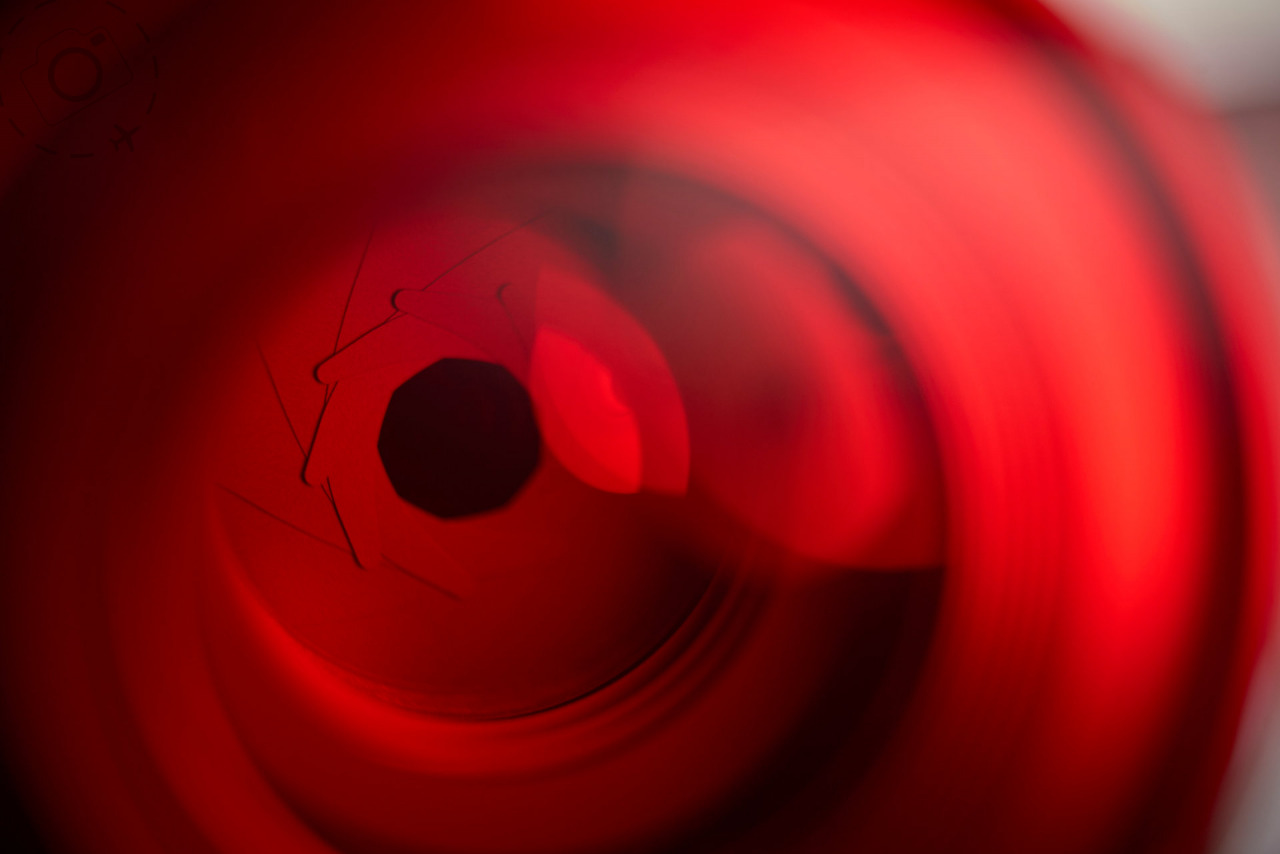
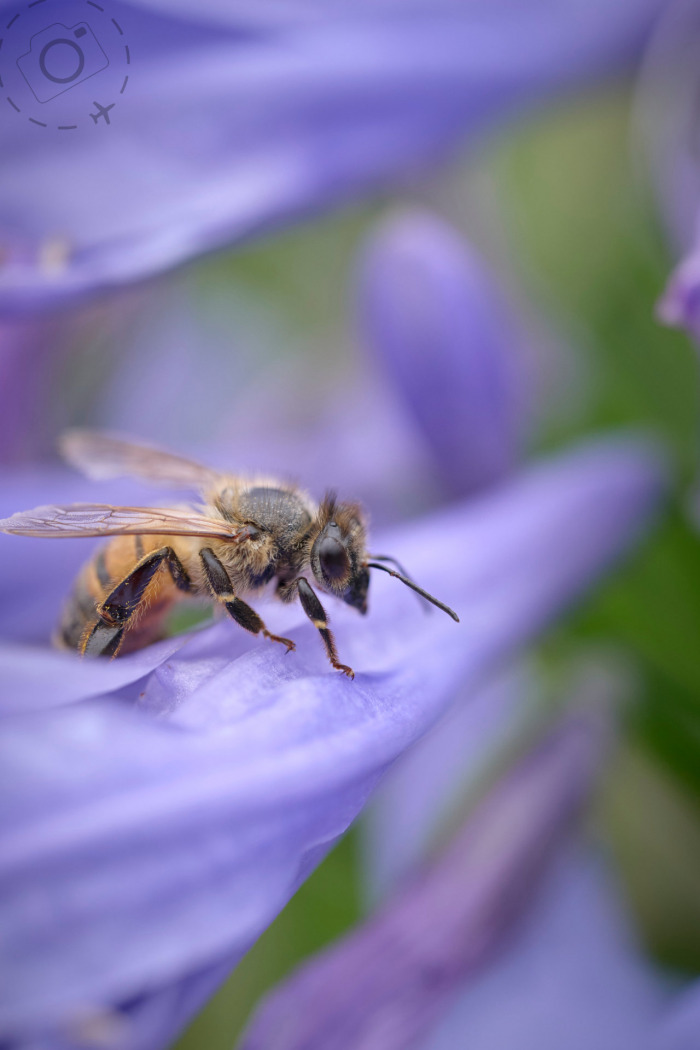

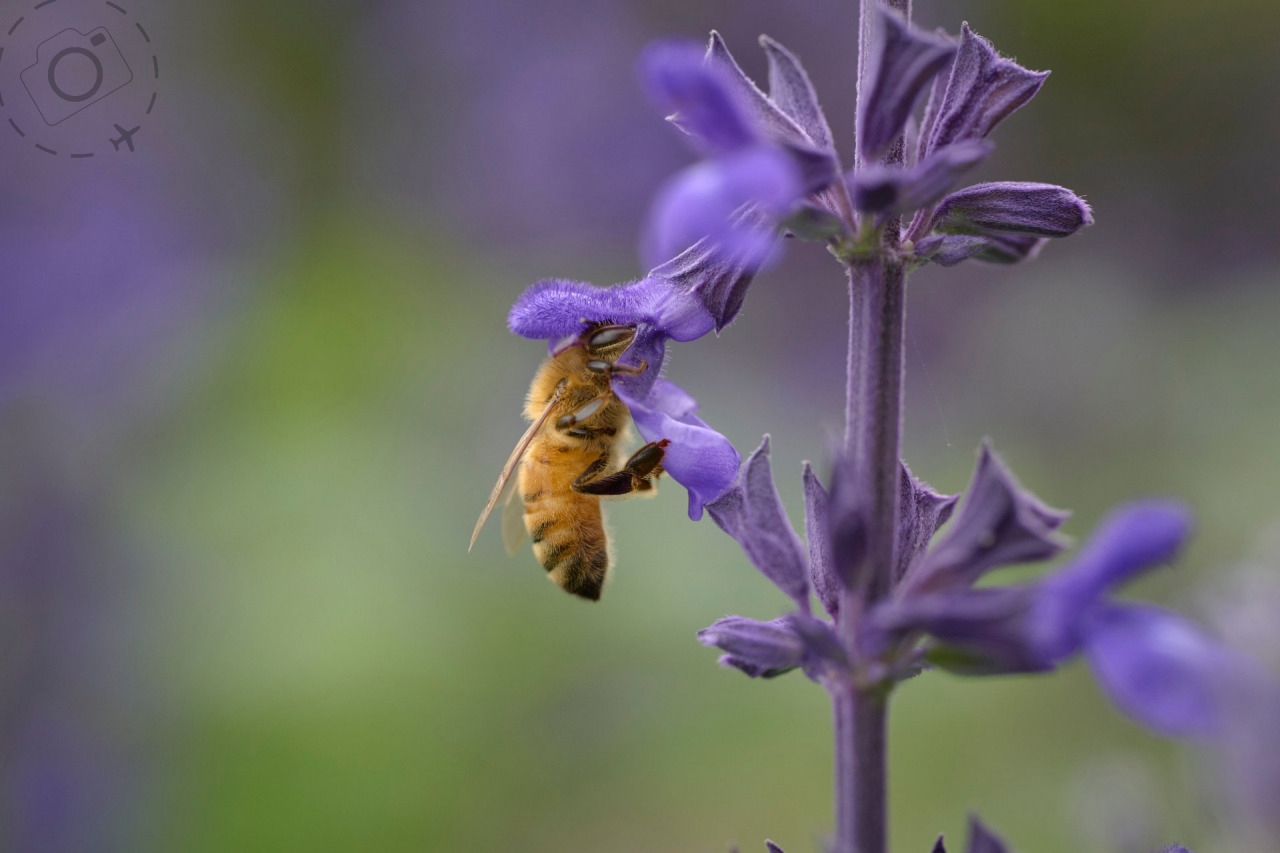

Thankyou Panasonic and LUMIX
I need to say a big thank you to Panasonic Australia for loaning me this lens. Panasonic and LUMIX have built an absolutely wonderful series of primes for the L-mount, and this new addition to the range takes it up another notch. They've now got an 18mm, 24mm, 35mm, 50mm, and 85mm in the F1.8 primes... All at the same size and weight and 67mm filter thread... Plus this new 100mm F2.8 macro delivering that delicious AF speed plus some sweet sweet bokeh for dreamy light bubbles and beautiful background blur.

Keep Reading
Join Ewen's newsletter for monthly updates on new photography articles and tour offers...Subscribe Here

